7 Tips to Know About Top Things to Know Before Buying a Backyard Putting Green
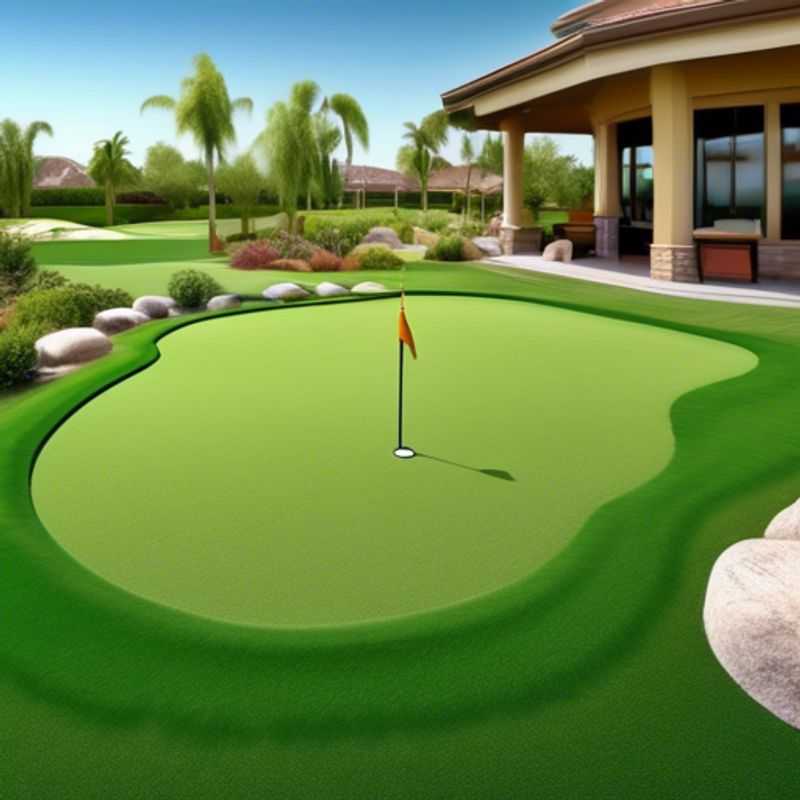
7 Essential Tips for Buying a Backyard Putting Green: Size, Materials, Installation, Maintenance, Financing, Quotes, and Features
Installing a backyard putting green can be a fantastic way to improve your golf game, add a touch of luxury to your outdoor space, and create a fun activity for the whole family. However, before you jump into this investment, it's crucial to understand the factors that will influence the cost and ensure you're making a wise decision. Here are 7 key considerations:
1. Size and Shape: Start by evaluating your backyard's size and shape. You'll need to determine the ideal putting green size that fits comfortably without overwhelming your space. Consider factors like the number of players, the types of shots you want to practice, and the aesthetics of the overall layout.
2. Putting Green Materials:
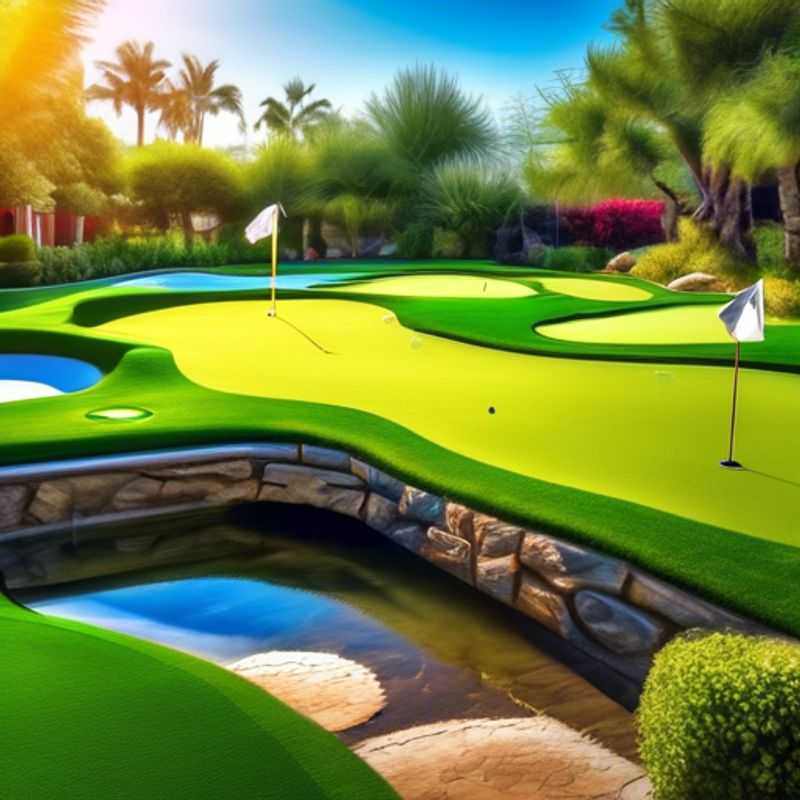
Sizing Up Your Backyard: Choosing the Perfect Putting Green
When designing your backyard putting green, size matters. The size and shape of your yard directly impact the size of your putting green. Start by visualizing where the green will fit best. If you have a smaller yard, consider a smaller, more compact putting green. For larger yards, consider a bigger green.
Think about the shape of your yard and how it might influence the design. A long and narrow yard might accommodate a green that's longer and thinner. A square or rectangular yard might be perfect for a more traditional square or rectangular putting green.
Remember, the putting green size should also factor in the space needed for other backyard features like patio furniture, a grill, or a play area. You don't want to make the green so big it crowds out other activities.
Consider your budget. A larger putting green typically requires more materials and labor. If you're working on a limited budget, a smaller design might be more practical.
Once you've considered your yard size, shape, and budget, you can start to think about the actual dimensions of your putting green.
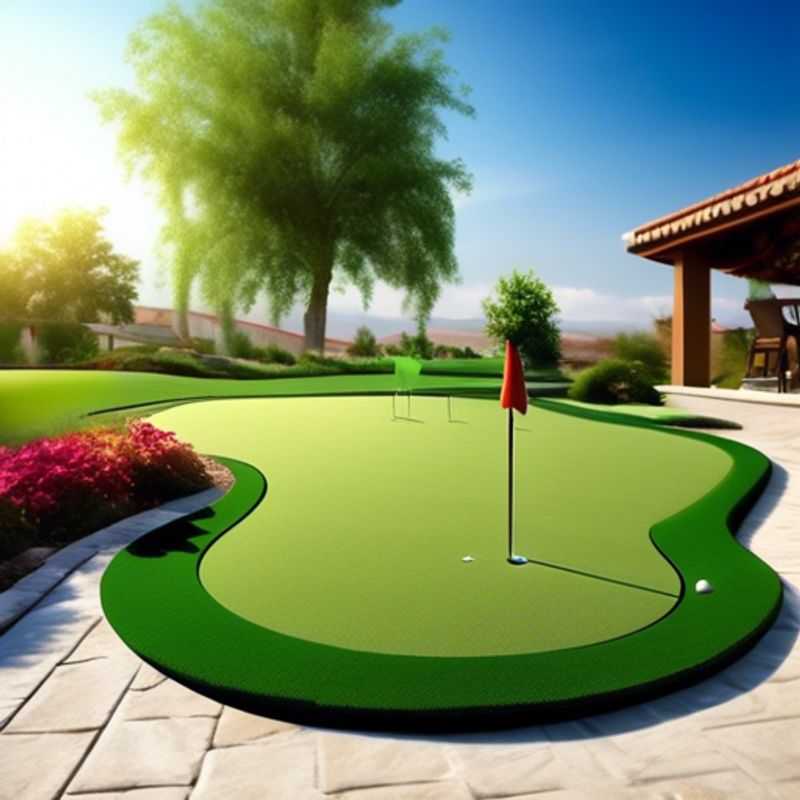
Putting Green Materials: A Guide to Artificial Turf and Synthetic Grass
When building a putting green, you'll encounter a range of materials, each with its own pros and cons. Let's delve into the most common options: artificial turf and synthetic grass.
Artificial Turf: This is the most popular choice, offering a realistic look and feel. It's durable, requires minimal maintenance, and is available in various blade heights and densities to mimic different grass types. The cost varies depending on the quality and brand. Expect to pay anywhere from $5 to $20 per square foot.
Synthetic Grass: This option is a more budget-friendly alternative compared to artificial turf. While it may lack the realism of artificial turf, it still provides a playable surface for practicing putting. Synthetic grass is typically priced lower, ranging from $3 to $10 per square foot.
Keep in mind, these prices are estimates and can be influenced by factors like installation, drainage, and landscaping. When making your choice, consider your budget, desired aesthetics, and the amount of use the putting green will receive.
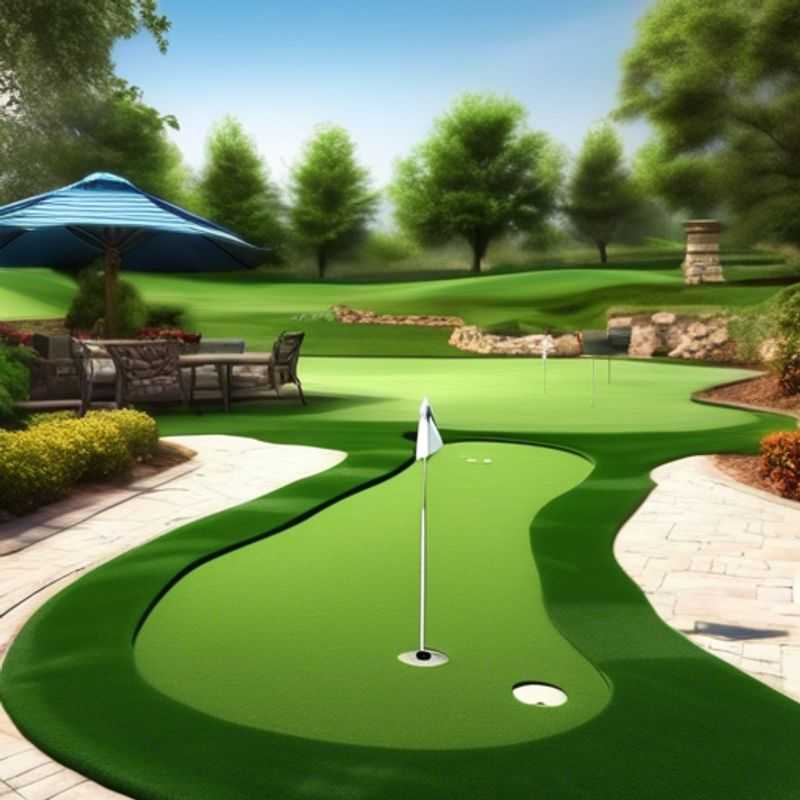
Don't Forget the Hidden Costs: Installation, Preparation, and Landscaping
When planning a project that involves installation, like a new deck, fence, or landscaping, don't forget to factor in the cost of installation. This goes beyond just the materials and labor needed to assemble the product. You'll also need to budget for any necessary ground preparation or landscaping.
For instance, building a deck may require excavating and leveling the ground, while installing a fence might involve removing existing vegetation or clearing obstacles. Additionally, consider any landscaping work that might be needed around the installed product, such as planting new flowers or shrubs or installing mulch.
Getting quotes from multiple contractors can help you compare costs and find the best value. Don't hesitate to ask questions about the specific steps involved in the installation process, as this can help you understand the true cost and potential hidden expenses.
Don't forget to factor in any permits that might be required by your local municipality. This can vary depending on the project, so it's always best to check with your city or county officials. It's better to be safe than sorry, as fines for unpermitted work can be significant.
By including all these costs in your initial budget, you'll have a realistic picture of the total project expense. This can help you avoid surprises and ensure your project stays within your financial means.
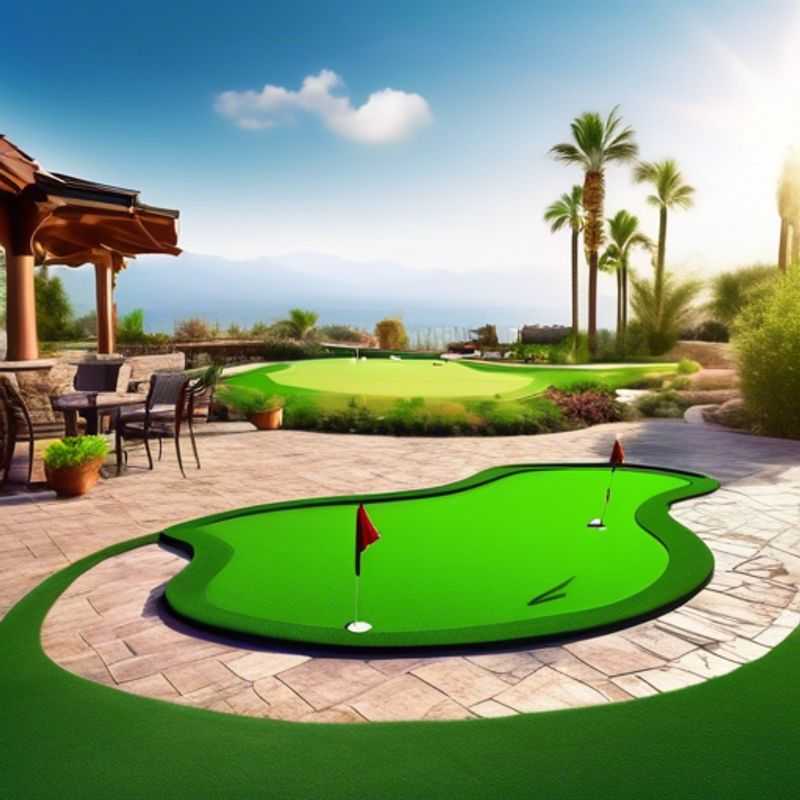
Putting Green Maintenance: A Guide to Costs and Requirements
Installing a backyard putting green can be a fun addition to your home, but it's essential to consider the long-term maintenance costs and requirements.
Mowing and Trimming: This is a recurring expense, similar to maintaining a regular lawn. Expect to pay for mowing, trimming, and edging services, or invest in your own equipment.
Watering: Artificial turf needs occasional watering to keep it looking fresh. This might involve a dedicated irrigation system or manual watering depending on your chosen turf type.
Cleaning and Debris Removal: Regularly remove leaves, twigs, and other debris to maintain the green's appearance and performance. You may need a leaf blower or other tools for this.
Repair and Replacement: Over time, the synthetic grass may experience wear and tear. Depending on usage, you might need to patch or replace sections of turf. Consider these costs when budgeting.
Fertilization: While artificial turf doesn't require traditional fertilization, some products use special fertilizers to enhance their appearance and longevity. Factor this into your budget.
Professional Maintenance: For a hassle-free approach, consider hiring a professional landscaping company to handle maintenance tasks. They can provide regular mowing, cleaning, and repair services for a monthly or annual fee.
By carefully considering these maintenance costs and requirements, you can make an informed decision about whether a backyard putting green is a suitable investment for your home and lifestyle.
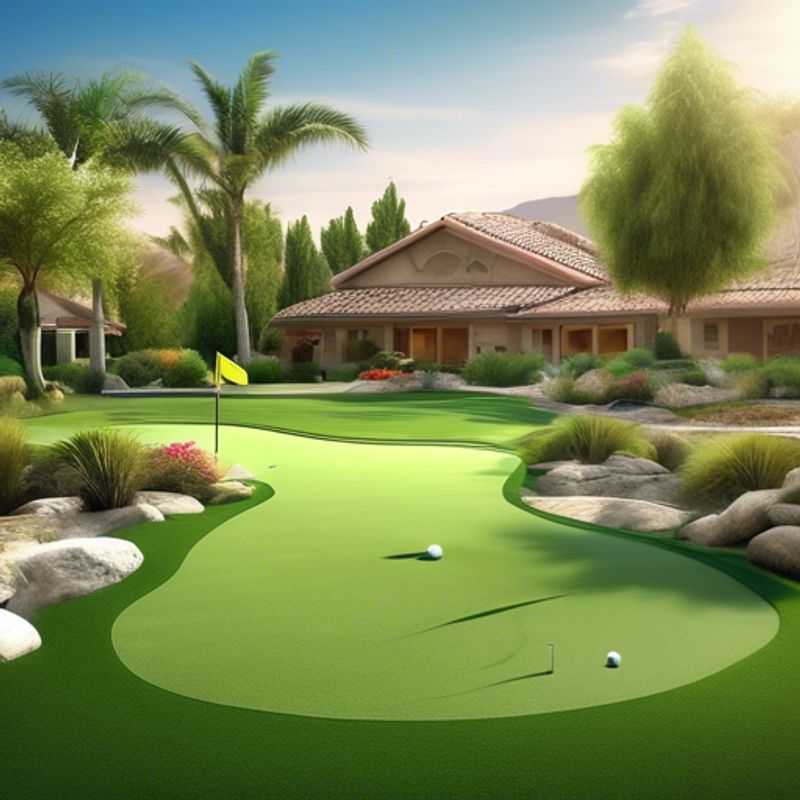
Financing Your Investment: Payment Plans, Leasing, and More
Financing options can make a significant investment more manageable. Here's a quick overview:
Payment Plans: Break down the total cost into smaller, regular payments. This can be beneficial for budget management and allowing you to access the product sooner.
Leasing: You essentially rent the product for a set period with monthly payments. At the end of the lease, you can choose to purchase the product, upgrade to a new model, or simply return it.
When exploring financing options, it's crucial to consider the following:
Interest Rates: Understand the interest rates involved to compare costs effectively. Higher interest rates can increase the overall cost of the product.
Fees: Be aware of any associated fees like origination fees, late payment penalties, or early termination fees. These can impact your overall financial obligation.
Terms & Conditions: Carefully review the terms and conditions of any financing agreement to understand the obligations and responsibilities involved.
Credit Score: Your credit score can influence the interest rates and terms offered to you. A higher credit score usually results in better financing terms.
Remember, research and compare financing options thoroughly to choose the best option that aligns with your financial situation and needs.
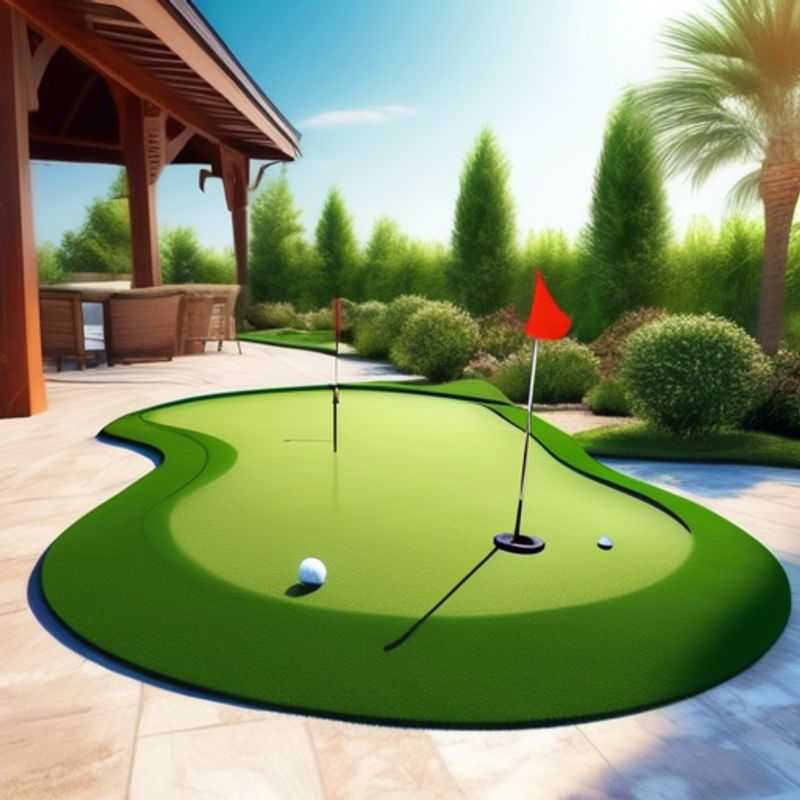
Get the Best Value: Comparing Quotes from Multiple Vendors
Getting the best value for your money is crucial when making any purchase, especially for big-ticket items. Comparing quotes from multiple vendors is a fundamental step towards ensuring you're getting the most competitive price. Here's how to make this process efficient and effective:
Identify your needs: Clearly define what you're looking for and the specific features, services, or deliverables required. This will help you compare quotes on an equal footing.
Contact multiple vendors: Don't limit yourself to just one or two options. Reach out to at least three to five vendors to get a range of prices and offerings. Be sure to select vendors with a proven track record and good reputation.
Request detailed quotes: When requesting quotes, be specific about what you need, including the scope of work, timelines, and any specific requirements. This will ensure you're comparing apples to apples. Ask for a breakdown of costs for each item or service.
Compare quotes carefully: Once you have multiple quotes, take your time to compare them side-by-side. Pay attention to the details of each quote, including the price, terms and conditions, warranties, and any hidden fees.
Negotiate: Once you've identified the vendor with the best offer, don't be afraid to negotiate. You may be able to get a better price, especially if you're willing to commit to a longer-term contract or make a larger upfront payment.
Get everything in writing: Before you make a decision, ensure all agreements are in writing. This includes the final price, payment terms, delivery dates, and any other relevant information.
Remember, the lowest price isn't always the best deal. Consider the overall value you're getting, the quality of the products or services, and the vendor's reputation and track record before making a decision.
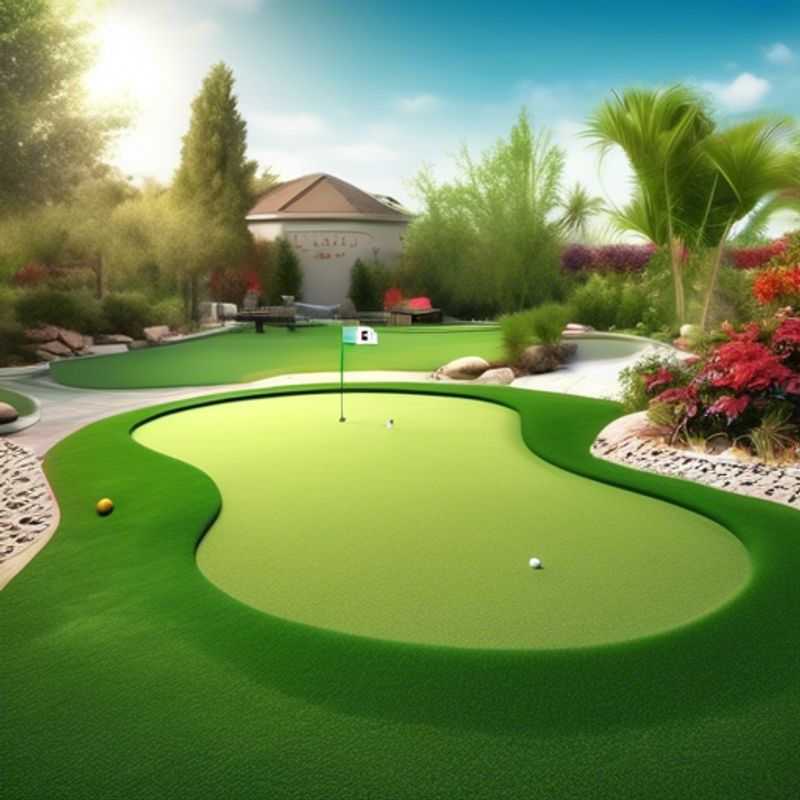
Choosing the Right Putting Green: Prioritizing Drainage, Durability, and Aesthetics
Choosing the right putting green requires considering factors like drainage, durability, and aesthetics. Let's break down these crucial aspects to ensure your putting green investment is both practical and pleasing.
Drainage is paramount, especially if your area receives significant rainfall. A well-designed green should have a slight slope to facilitate water runoff, preventing puddles and potential damage. Look for greens constructed with materials that allow for efficient drainage, such as specialized synthetic turf or porous infill.
Durability is essential for a putting green that can withstand regular use and the elements. Consider the expected foot traffic and weather conditions in your area. Greens made from high-quality materials like durable artificial turf and reinforced backing are more likely to hold up over time. Consult with installers for recommendations tailored to your specific environment.
Aesthetics are also important as you want a green that enhances your outdoor space. Factors to consider include the color and texture of the artificial turf, the overall design, and the integration with your landscape. Some manufacturers offer customization options to achieve your desired look.
Remember, there's a wide range of putting green options available, each with its own price point. Be sure to research and compare different models and materials to find a solution that balances functionality, durability, and aesthetics within your budget. Don't hesitate to seek professional guidance from landscape architects or artificial turf installers to ensure a successful and long-lasting putting green experience.
